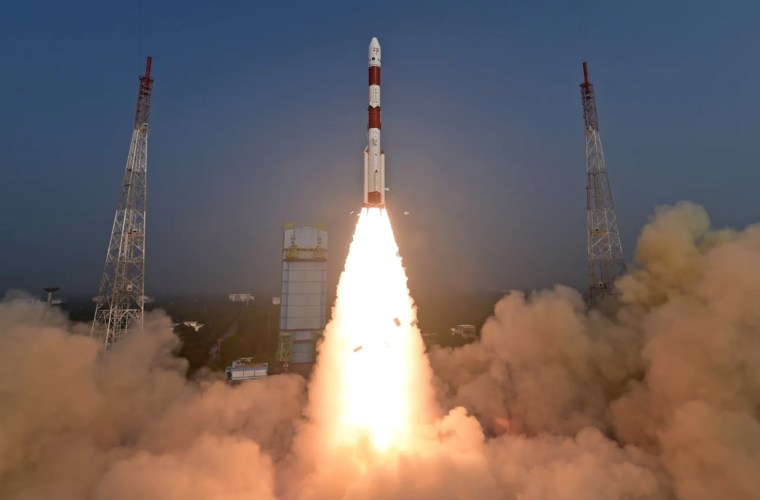To celebrate International Women’s Day, many reflect on the achievements and progress led by women in history. Their efforts are often overlooked and sometimes forgotten, regardless of how remarkable and surprising their stories are. Today, 4i Magazine highlights four female figures from science and tech-related industries who are leading our generations to a better future.
Vera Rubin, Astronomer (23 July 1928 – 25 December 2016)
If you have heard of the word “dark matter” in astrology, you might be interested in knowing the life of the person who discovered it for the first time in history – Vera Rubin. A child interested in learning about stars, Rubin graduated as the only astronomy major at Vassar in 1948. After a few years of teaching job, she joined a research institute and teamed up with astronomer Kent Ford, making observations of the Doppler effect, that is, how the light source’s wavelengths shift depending on the speed and directions.
The duo discovered stars distant from the centres of spiral galaxies moving at a similar speed to the closer ones, which meant there should be enough “invisible” mass in the outer regions for stars. Rubin calculated that at least 90 per cent of the mass in galaxies should be filled with “dark” matter, meaning that only the remaining 10 per cent of the universe is visible and identifiable.
In 1993, the astronomer won the National Medal of Science in the United States in recognition of her remarkable discovery. However, many reports state that Rubin’s main research purpose had always been scientific adventures and progression rather than acknowledgements.

Ada Lovelace, Mathematician (10 December 1815 – 27 November 1852)
Ada Lovelace was a member of the British aristocracy in the 1800s who is often named the “world’s first computer programmer”. As a person fascinated by machines, she became friends with mathematician Charles Babbage, who worked on prototype calculators like the “Difference Engine” and the “Analytical Engine”. From the notes she left on his ideas, scientists say that Lovelace saw a huge potential that such machines hold, even beyond numerical calculations. She envisioned a machine that “holds a position wholly its own”, processing letters and images, just like a modern-day computer. Lovelace wrote descriptions for the computing system of Bernoulli numbers with Babbage’s project in a note, which were no different from an algorithm for computers.
Margaret Hamilton, Software Engineer (17 August 1936 – Present)
Margaret Hamilton is a role model that many people in the STEM field look up to. Not only was she the first person to use the term “software engineering”, but she also paved the way for engineering education programmes. One of her biggest recognised achievements is her contribution to the Apollo program’s guidance system in the 1960s. Leading more than 400 engineers and coders, she designed the spaceship’s lunar module and command module to safely bring back on-boarding astronauts home while playing the role of a working mom of a four-year-old daughter. Hamilton recently uploaded the full code of the project on GitHub for those who feel intrigued to learn more about it.
Stephanie Kwolek, Chemist (31 July 1923 – 18 June 2014)
Stephanie Kwolek is best known as the inventor of Kevlar, an artificial fibre that saved countless lives. Kwolek, who yearned to work in the medical industry when she was young, decided to take a temporary chemist role at DuPont, an American chemical company, after graduating from medical school. She soon found the job interesting and eventually worked there for over 40 years, winning various awards and filing numerous patents. Her discovery of Kevlar happened when she was looking for a fibre that could replace steel for car tyres, in search of something stronger than steel and resistant to fire. Based on Kevlar, fellow DuPont scientist Wilfred Sweeny could invent the aramid Nomex, a fire-resistant fabric used by firefighters and police officers for protection.
DuPont gave Kwolek the Lavoisier Medal in 1995, recognising her amazing contribution. She is the only female scientist to receive this award to this day. The Royal Society of Chemistry also has a grant named after her for chemists who made great achievements in the chemistry of materials.



